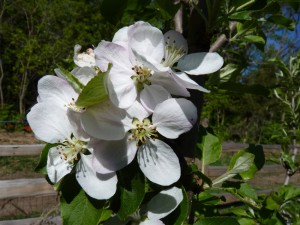Beltane Early Growth Moon
Got my soil test results back from International Ag. Labs. I plan to follow their recommendations and have sent an order into their local supplier. Our goal here continues to be the same: sustainable gardens producing high quality food using no pesticides and only biologically justifiable soil amendments. This is a different approach from either permaculture or organic growing. On the one hand it emphasizes soil optimization, reaching that goal through amendments whether organic or non-organic that support that end. The end is a soil that produces high quality food in a manner sustainable over the long run. Makes a lot of sense to me and I’m eager to get my order and start using it.
Last night at the Woodfire Grill Mark Odegard talked about a mushroom hunter friend  who said that as long at the lilacs bloom, the morels can be found. Our lilacs are still in bloom, so I wandered back in our woods. First thing I saw when I entered the path was a giant morel. I scooped it up, went looking for others. Couldn’t find any.
who said that as long at the lilacs bloom, the morels can be found. Our lilacs are still in bloom, so I wandered back in our woods. First thing I saw when I entered the path was a giant morel. I scooped it up, went looking for others. Couldn’t find any.
I didn’t do a thorough search though due to my recent switch to a lower carb diet. In the process I’ve lost about 15 pounds and my jeans, conformed to a higher carb me, now slip around my waist with no belt. Which I had left upstairs. So, with Gertie and Kona racing around, I wandered a bit, looking at the ground, grabbing my pants, looking some more. When it started to rain, I gave up and came back inside, promising myself that I’d get that belt and look more methodically when it was dry.
p.s. More on this later, but I heard a news report about Singapore yesterday relating to urban agriculture. In this case it’s vertical, four-story ag with, they kept emphasizing, no soil. I know this is possible because I have a hydroponic setup myself, but it flashed through me what a tragedy it would be for the human race if we lose that primal bond with mother earth.
Don’t get me wrong. I think this is a great idea. It uses the energy of a 60 watt bulb, they recycle all the water and grow fresh vegetables with a very short garden to consumer trip. My concern is that its prevalence might make us forget the planet which gave us birth and which receives us after death.

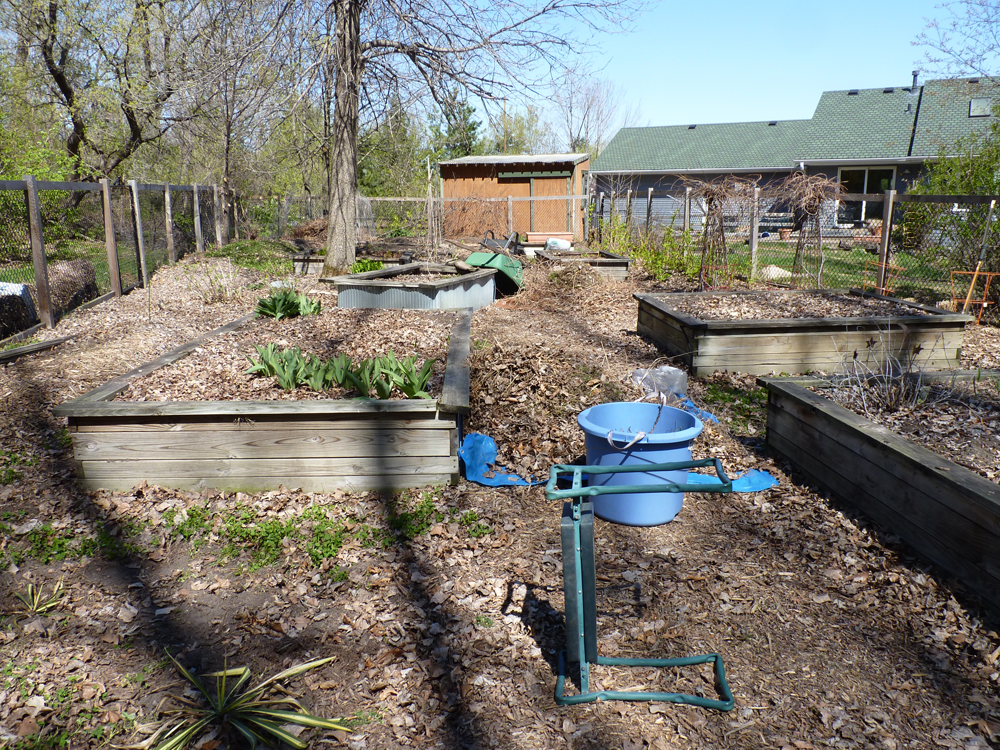
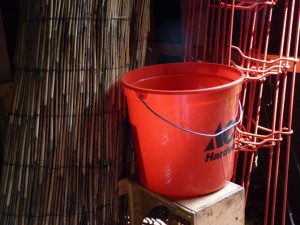
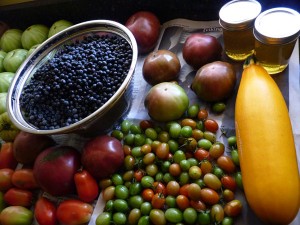

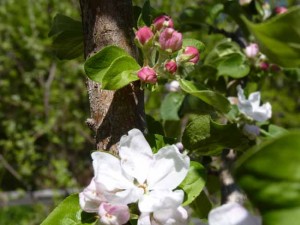 damage and as long as I can I’ll follow pinch and destroy. After that, I think, right now anyway, that I’ll go with Gary Reuter, the bee rangler for Marla Spivak. I’ll just put up with wormy apples. This is partly out of regard for the bees who have enough pressure of them and they don’t need an added pesticide load from our orchard, but it’s more out of a commitment to no pesticides, grow strong plants and let them fend for themselves. It’s worked reasonably well for me so far.
damage and as long as I can I’ll follow pinch and destroy. After that, I think, right now anyway, that I’ll go with Gary Reuter, the bee rangler for Marla Spivak. I’ll just put up with wormy apples. This is partly out of regard for the bees who have enough pressure of them and they don’t need an added pesticide load from our orchard, but it’s more out of a commitment to no pesticides, grow strong plants and let them fend for themselves. It’s worked reasonably well for me so far.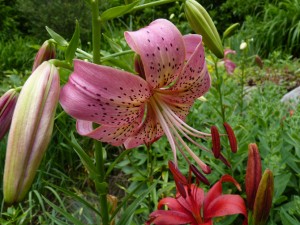
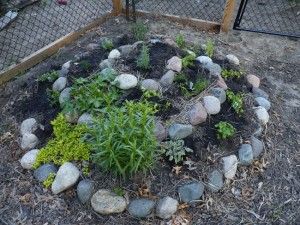 from the airport. Makes the drive much shorter and I get a good meal in the bargain.
from the airport. Makes the drive much shorter and I get a good meal in the bargain.